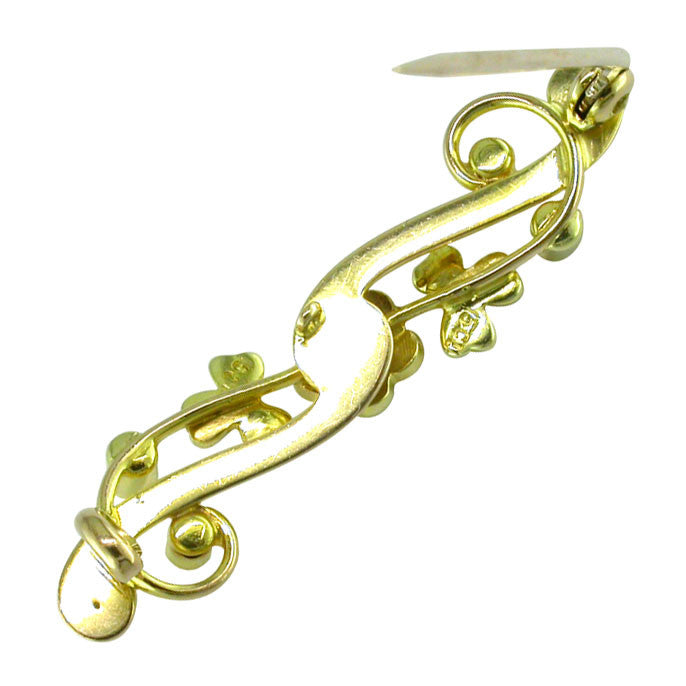
Although this metric tends to be quite lumpy and seasonal, U.S. Offsetting the MAU weakness has been ARPU growth. In other words, in the bullish case, Pinterest should soon start to resume MAU growth (although there is admittedly no evidence yet for a MAU recovery). This means Pinterest is currently at around the userbase that investors would have expected by now if there had been no COVID-19. Nevertheless, Pinterest's trend prior to COVID-19 was to add about 15M users per quarter. MAU volatility can easily be attributed to COVID-19, since Pinterest saw a large spike in users at the onset of COVID-19. Nevertheless, from a long-term viewpoint, Pinterest MAUs are still up by about 50% since IPO. MAU growth started to decline in Q1 and even declined sequentially in Q2.

One of the main concerns in 2022 regarding Pinterest has been its ability to grow its userbase, or its lack thereof. Pinterest’s revenue can be broken down into two pieces: MAU (monthly active users) and ARPU (average revenue per user). Still, note that Pinterest was lapping a 58% growth quarter in 2020. In Q3, revenue grew 43% to $633M, although the QoQ growth was negligible. Pinterest has executed its strategy very strongly since its IPO, and this is also visible in its financials. Although Pinterest entered a few dozen new markets in the last two years, international ARPU still trails the U.S. Lastly, Pinterest is also investing in its international (monetization) expansion.

The end-goal is to integrate pins, video, ads and shopping to create a truly social commerce beast. Indeed, if it sounds like Pinterest is heavily innovating, this is correct since Pinterest has also hired a chief content officer, announced TwoTwenty as a high-velocity experimental product team and acquired Vochi to further improve its video tools. Pinterest further expanded on this format in Q3 through the introduction of Takes and Pinterest TV. This format is focused on inspirational and actionable content rather than entertainment like most platforms. To this end, Pinterest introduced the Idea Pin as its "video-first native content format". This should drive increased engagement in the long term. Pinners engaging with shopping surfaces increased 20% QoQ and 60% YoY and Pinterest entered seven new markets.Īdditionally, like other platforms such as Meta Platforms ( FB) Instagram, Pinterest’s newest investment is in video and a creator ecosystem around this media type.
#Pins stock full
Last year, this expanded towards Pinterest partnering with Shopify ( SHOP ), and currently, Pinterest is starting to make the full shopping experience possible on-platform through seamless checkout. This started with product catalog uploads. Indeed, some have called this social commerce, and Pinterest has been investing for many quarters in making its platform shoppable. As it turns out, Pinterest’s use cases align quite well with shopping and e-commerce. Simple enough, but for Pinterest, this is only the beginning. Like other social media peers, Pinterest then monetizes its users through ads. Pinterest is a social media company that has core use-case that allows its users to browse and save inspirational images. However, Pinterest is still quite early in the monetization of its platform, which could continue to propel growth for many years. Pinterest has seen further downside pressure due to the general anti-growth market sell-off lately, in the wake of the failed PayPal ( PYPL ) acquisition. Pinterest ( NYSE: PINS) stock has been beaten down ever since the MAU trend began to reverse to the downside, which has spooked investors.

5./15 WEST/iStock Unreleased via Getty Images Investment Thesis


 0 kommentar(er)
0 kommentar(er)
